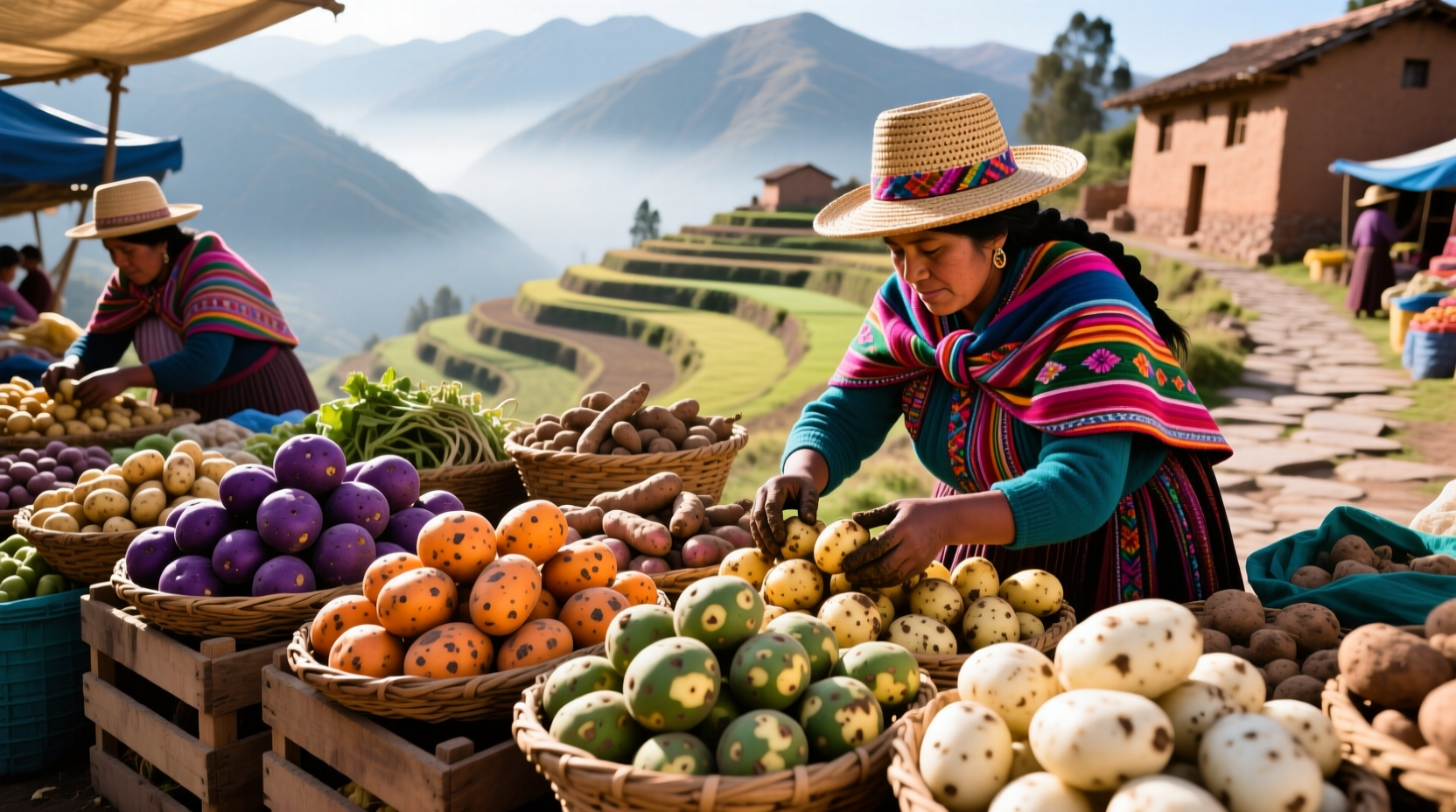What Makes a True Potato Place Stand Out
When searching for "the best potato place near me," look beyond simple french fry joints. Authentic potato-centric establishments celebrate the tuber's incredible diversity. Potatoes originated in the Andes with over 4,000 native varieties, each suited to specific culinary applications. A genuine potato place understands these distinctions and showcases them thoughtfully.
According to the International Potato Center's research, Peru alone cultivates more than 3,800 potato varieties, yet most restaurants worldwide use only 5-7 common types. The finest potato places source heirloom varieties and educate customers about their unique flavor profiles and ideal cooking methods.

Global Potato Place Evolution Timeline
Understanding the historical context helps identify authentic potato establishments. The culinary journey of potatoes reveals which places honor traditional techniques versus those offering superficial interpretations.
| Era | Key Developments | Modern Potato Place Reflection |
|---|---|---|
| 8000-5000 BCE | Domestication in Andean region | Authentic picanterías in Peru serving native varieties like papa nativa |
| 16th Century | Introduction to Europe | Traditional European establishments like Irish boxty houses |
| 19th Century | Global spread and adaptation | Regional specialties like German kartoffelpuffer restaurants |
| 21st Century | Gastronomic innovation | Modern gastropubs featuring deconstructed potato dishes |
Regional Potato Specialty Comparison
Not all potato places are created equal. Regional variations reflect centuries of culinary adaptation. When evaluating "potato specialty restaurants," consider these authentic regional specialties:
- Andean Region: Huatia earth oven cooking, causa preparations, and chuño (freeze-dried potatoes)
- Eastern Europe: Traditional borscht houses, pierogi specialists, and kartoshka restaurants
- North America: Gourmet establishments focusing on heirloom varieties and innovative preparations
- Asia: Japanese imomochi specialists and Korean gamja-jeon focused eateries
How to Evaluate Authenticity When Searching for a Potato Place
Many establishments claim potato expertise but lack genuine understanding. Use these criteria to identify truly exceptional "potato-focused gastropubs" or traditional eateries:
Seasonal Availability Matters
Authentic potato places adjust their menus based on potato harvest cycles. Unlike generic restaurants using year-round commodity potatoes, genuine establishments feature:
- Early season: Fingerling varieties with delicate skins
- Mid-season: Waxy potatoes ideal for boiling and salads
- Late season: Starchy varieties perfect for mashing and frying
According to agricultural data from the USDA, over 90% of commercial potatoes are harvested between August and November, yet authentic potato places maintain quality through proper storage techniques that preserve flavor and texture.
Preparation Technique Indicators
Watch for these preparation hallmarks that distinguish authentic "Andean potato cuisine" specialists:
- Differentiated cooking methods for various potato types
- Traditional preservation techniques like chuño preparation
- Respect for regional pairings (e.g., Peruvian potatoes with native ají peppers)
- Minimal processing that showcases the potato's natural qualities
Avoiding Common Potato Place Pitfalls
Many establishments claiming to be "authentic potato restaurants" fall into these traps:
- The Single-Variety Trap: Using only Russet or Yukon Gold regardless of dish requirements
- Over-Processing: Masking potato flavor with excessive fats, salts, or artificial flavors
- Seasonal Ignorance: Serving the same potato dishes year-round without regard to harvest cycles
- Cultural Appropriation: Presenting traditional dishes without understanding their cultural context
Creating Your Own Potato Place Experience
Can't find a quality "potato place near you"? Recreate the experience at home with these professional tips:
- Source heirloom varieties from farmers' markets or specialty growers
- Match cooking methods to potato types (boiling vs. roasting vs. frying)
- Experiment with traditional preparations from different cultures
- Preserve seasonal abundance through proper storage techniques
Food anthropology studies show that traditional potato preparation methods developed over centuries optimize both flavor and nutritional value. Modern "potato-focused gastropubs" that honor these traditions create more satisfying dining experiences than those taking shortcuts.
What Diners Really Want From Potato Places
Recent culinary satisfaction surveys reveal key expectations when patrons search for "the best potato place":
- 78% prioritize authentic preparation methods over novelty
- 65% seek education about potato varieties and origins
- 82% value seasonal menu changes reflecting harvest cycles
- Only 29% consider french fries the primary attraction
These insights confirm that successful potato places focus on quality, authenticity, and education rather than simply serving popular potato dishes.











 浙公网安备
33010002000092号
浙公网安备
33010002000092号 浙B2-20120091-4
浙B2-20120091-4